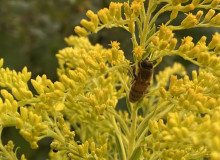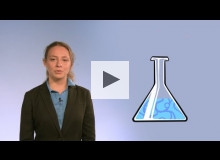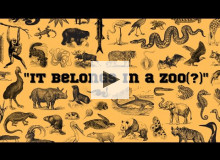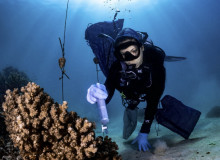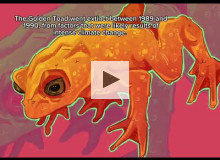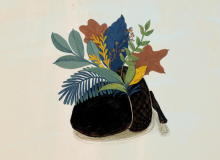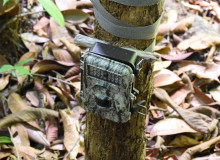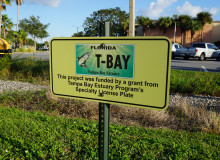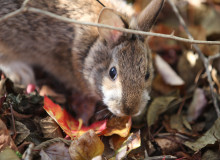Biodiversity
SUNY Environmental Science and Forestry
Important pollinators are losing their habitats at an alarming rate. Planting native flowers can help provide essential habitats for rebuilding healthy ecosystems.
George Washington University
Bacteria can detect, quantify, and remove dangerous chemicals from the environment at a cheaper and faster rate than other technologies, making it ideal for superfund sites, and low-income countries.
SUNY Environmental Science and Forestry
Several SUNY-ESF students explore the ethical debate surrounding modern zoos and animal captivity in this short documentary film.
New York University
It's still unknown how useful probiotics could be for at-risk wildlife. But worried microbiologists around the world are urgently testing out treatments on everything from corals to frogs with doses of beneficial bacteria.
The George Washington University
Covering the extinction of several species to the conservation efforts of the 21st century, this video uses a series of original artworks to tell a tale about biodiversity.
Planet Forward Correspondent | UC Berkeley
How three Indigenous teachers in California are fostering the future for native plants and educating others on how to build a reciprocal relationship with nature.
Planet Forward Senior Correspondent | American University
Osa Conservation, a science-driven nonprofit organization, studies and monitors wildlife conservation progress by remotely capturing wildlife – on camera.

(Kai Boggild/imaggeo.egu.eu/CC BY 3.0)
Northwestern University
Comer Conference geoscience and climate science graduate students investigate the effect of climate change from ancient life forms to theoretical models.
Planet Forward Sr. Correspondent | Eckerd College
What effect can a cool license plate have on your local ecosystem? In the Tampa Bay area, simply purchasing a specialty license plate, adorned in the iconic tarpon, funds dozens of projects annually through the Tampa Bay Estuary Program.
University of Connecticut
Scientists express concerns that an often fatal disease infecting Connecticut's domestic rabbit population may spread to the species' wild counterparts and have disastrous consequences.

